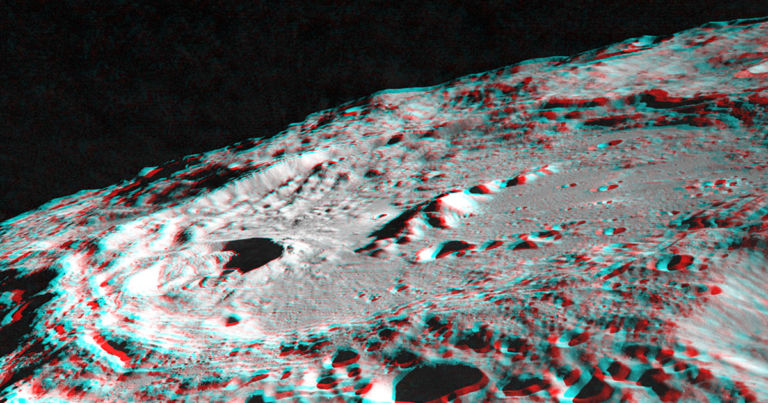Using a small device called the Miniature Radio Frequency (Mini-RF) instrument attached to NASA’s Lunar Reconnaissance Orbiter (LRO) spacecraft, a team of scientists found that there may be vastly more subsurface metals beneath the Moon’s surface than previously thought.
The discovery could force us to rethink the evolution of the Moon itself. The dominant theory is currently that a collision between a Mars-sized space object and the Earth sheered off the Moon as a result of collapsing gravitational forces clumping dust and debris together.
The theory has often been used to explain why the Moon’s composition is so similar to Earth’s. But in reality, the material making up the lunar highlands, a bright silicate layer covering more than 80 percent of the moon, seemed to contain far fewer metal-bearing minerals than what you’d find on Earth.
But darker regions and plains of the crust formed through volcanic processes, the Moon’s “maria,” seem to be more metal-rich — which has researchers scratching their heads.
The Mini-RF instrument on board NASA’s Moon orbiter found that the larger the crater, the more the material was able to transmit electric fields, a property known as the “dielectric constant.” Scientists have found a direct link between this constant and the concentration of metal minerals including iron and titanium oxides. Yet, for craters between three and 12 miles wide, this constant didn’t change.
“It was a surprising relationship that we had no reason to believe would exist,” Essam Heggy, co-investigator of the Mini-RF experiments from the University of Southern California and lead author of the paper published in Earth and…



